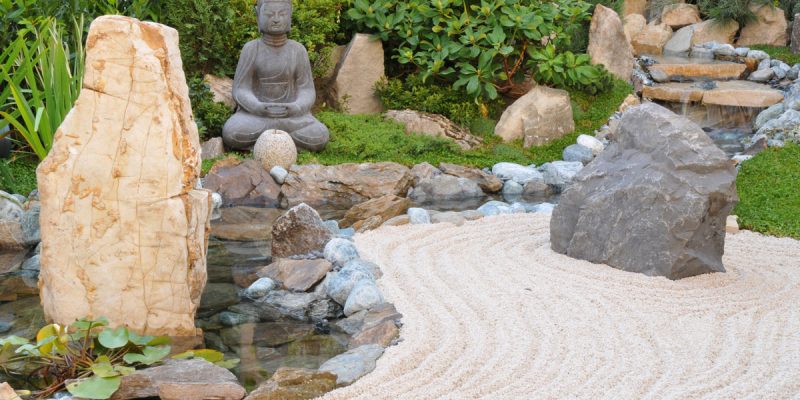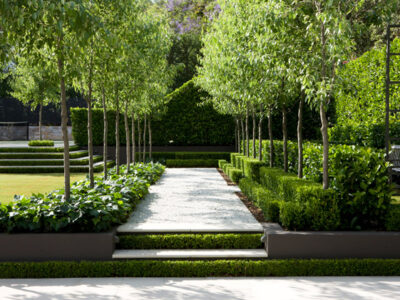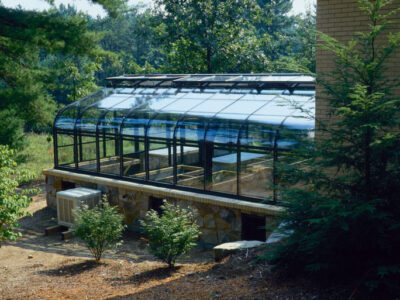Beautiful, lush gardens are something that changes the appearance and ambiance of a house completely.
If you love gardens or are planning on making a beautiful garden in your home, you would have probably heard about zen gardens.
Japanese garden ideas are preferred by most people, and zen gardens are just that.
However, did you know that they are preferred because zen gardens serve a purpose? Well, keep reading to know more.
What Is a Zen Garden?
A Zen garden is a miniature form of a big Japanese garden. These are gardens with dry landscapes featuring water, sand or gravel, rocks, moss, pruned trees, and bushes. These gardens look utterly beautiful in all sizes.
This is one of the reasons they are widely preferred, but the beautiful zen gardens have deeper meanings and purposes apart from the visual interests.
Japanese zen gardens were originally made for Buddhist monks as a place for their meditation and to absorb the teachings of the Buddha.
These gardens were first created for the monks in Japanese temples, but slowly they started spreading even outside the temples.
The name of this garden comes from Zen Buddhism which plays an important role in the Japanese culture.
The Purpose
Now, the history of the zen garden might make you wonder why non-monks have it on their property. Well, the reason is simple. Zen gardens are believed to bring tranquility, balance, and harmony to life.
In today’s world where one would find himself trapped and drained between the tight schedules, zen gardens offer a corner for attaining mental peace and balance in the tight schedule.
A zen garden with moss also changes from season to season and helps us experience different feelings. So, you can see the garden as a living form of art. Also, people who have zen gardens in their homes don’t need to meditate regularly.
After all, you do not have to indulge in monk practices to attain peace and balance in your busy life. Zen gardens help you sync in with nature by their elements like rocks, sand, and water.
Light exercises, a walk in the garden, or just spending a few minutes in your zen garden while away from your mobiles and laptops can help you mentally relieve stress and bring tranquility.
All these activities in the zen garden help maintain balance in your life, both mentally and physically.
What Does a Zen Garden Consist Of?
When especially planning on Japanese zen gardens, there are mainly eight elements used.
These eight elements are islands, flowers or plants, bridges, sand, stones, water, waterfalls, and trees. There is no compulsion to use all these elements, but using as many as possible is advisable.
No Space?
You can plan zen gardens in literally any size, depending on the space available to you on your property.
If you have a big space for the garden, you can include elements like trees, a small waterfall, or a wooden bridge. A spacious garden with these elements gives the perfect vibes.
However, you can include bushes and flowers with different rocks to make the best possible zen garden with a small space. If you really wish to have some interesting elements in your small space, bridges are the best possible thing you can add.
Who said bridges need to be all big made of wood? Bridges can be made from big rocks popping out in the garden. Small artificial waterfalls can also be used to enhance the small space.
If you have even a little bit of space in your property, you would not have any problem establishing a beautiful zen garden. But what if you do not have any space for a garden?
Well, you would have some space on your worktable for sure, right? Then you can have your own mini desktop zen garden right on your desk. Yes! There is a thing like that.
Mini zen gardens are just artificial gardens with real elements. These gardens look super cute on the desk and work great in providing your mind tranquility from time to time.
Whether real and big or small and cute, the purpose of all the zen gardens is the same. And that is to provide smooth harmony between you, your mind, and nature.










Comments